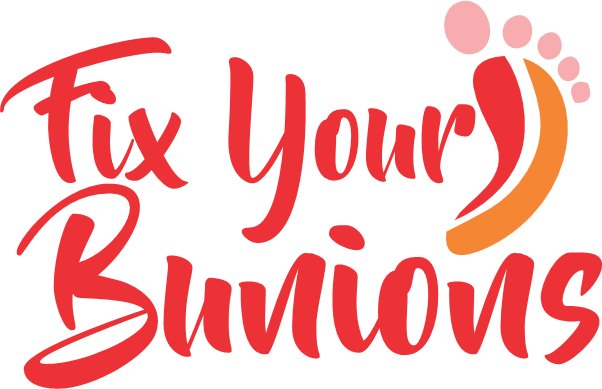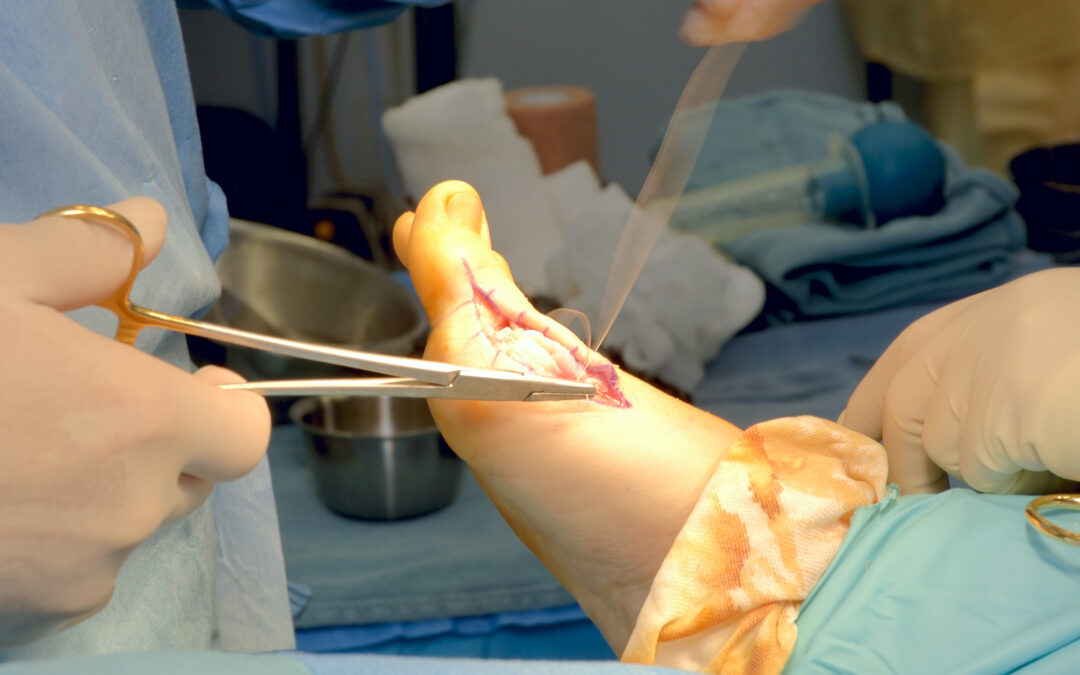If you’re living with a bunion but want to avoid surgery, you’re not alone. Many people successfully manage bunion pain through non-invasive methods, allowing them to maintain an active lifestyle without going under the knife. This guide explores the most effective bunion surgery alternatives to help you find relief and slow the progression of the condition.
Why Consider Non-Surgical Alternatives?
Surgery is often viewed as a last resort due to its recovery time, costs, and potential risks. Fortunately, many cases of mild to moderate bunions can be managed with conservative treatments, which can delay or even prevent the need for surgery.
Benefits of Non-Surgical Treatment:
- Immediate relief without downtime
- Reduced risk of complications
- Ability to continue daily activities
Top Bunion Surgery Alternatives
1. Wear Bunion-Friendly Footwear
Proper footwear is one of the most effective ways to reduce bunion pain and prevent further progression.
- Wide toe box: Prevents crowding and reduces pressure on the big toe.
- Low or no heel: Reduces stress on the forefoot.
- Cushioned soles: Provide extra comfort and shock absorption.
Tip: Avoid narrow or pointed shoes, which can worsen the condition.
2. Use Orthotics or Shoe Inserts
Orthotic devices help correct foot misalignment and redistribute pressure away from the bunion.
- Over-the-counter options: Gel pads and arch supports.
- Custom orthotics: Prescribed by a podiatrist for maximum effectiveness.
Benefit: Orthotics not only relieve pain but also help prevent further joint misalignment.
3. Foot Exercises and Stretches
Strengthening the muscles around the big toe can improve joint flexibility and reduce pain.
- Toe stretches: Pull your big toe forward and backward to improve range of motion.
- Towel curls: Place a towel on the floor and use your toes to scrunch it toward you.
- Marble pick-up: Use your toes to pick up small objects like marbles.
Frequency: Perform these exercises daily for optimal results.
4. Night Splints and Toe Separators
These devices help keep the big toe in proper alignment while you sleep, reducing strain on the joint.
- Night splints: Hold the toe in a corrected position overnight.
- Toe separators: Prevent the big toe from pressing against other toes during the day.
Why they work: Gradual realignment can slow the progression of the bunion and ease discomfort.
5. Protective Bunion Covers Like Flipping Bling
Bunion covers provide a layer of cushioning and protection, reducing friction and irritation from shoes.
- Why choose Flipping Bling: These stylish covers not only protect the bunion but also blend seamlessly with open-toed shoes and sandals.
- Bonus: They’re ideal for people who want pain relief without sacrificing style.
6. Anti-Inflammatory Medications
Over-the-counter nonsteroidal anti-inflammatory drugs (NSAIDs) can help reduce pain and swelling.
- Options: Ibuprofen (Advil) or naproxen (Aleve).
- Caution: Avoid long-term use without consulting a healthcare professional.
Lifestyle Changes to Support Long-Term Relief
1. Maintain a Healthy Weight
Excess weight puts additional pressure on the feet, exacerbating bunion pain.
- Tip: Incorporate a balanced diet and regular exercise to help manage your weight.
2. Alternate Shoes Regularly
Wearing the same pair of shoes every day can create repetitive pressure points.
- Solution: Rotate between different pairs of supportive footwear to vary pressure on the bunion.
3. Avoid Prolonged Standing or Walking
If possible, take breaks throughout the day to rest your feet and reduce strain on the big toe joint.
When to Seek Medical Advice
While many people find relief with non-surgical treatments, some cases may require additional intervention.
Consult a podiatrist if:
- Pain persists despite conservative treatments
- The bunion continues to worsen
- You experience significant difficulty walking or standing
Success Stories: How Non-Surgical Treatments Have Helped Others
Emily’s Journey:
Emily, a teacher, experienced daily bunion pain that made standing for long periods difficult. After switching to wide-toe box shoes and incorporating daily foot exercises, her pain subsided, allowing her to continue working comfortably.
John’s Experience:
John, an avid hiker, avoided surgery by using custom orthotics and protective covers like Flipping Bling. His consistent efforts helped him manage his bunion pain and enjoy outdoor activities without interruption.
Conclusion
Surgery isn’t always the answer for bunion pain. By exploring non-surgical alternatives like proper footwear, orthotics, foot exercises, and protective covers, you can find relief and potentially avoid invasive procedures. Take control of your foot health today by incorporating these methods into your daily routine.

